2014 Indian Chief - Reinventing an Icon
Breaking down the design, engineering and development behind the biggest cruiser news in years
We’ve now ridden the new Indian Chief and confidently predict that it will make a massive splash in the cruiser market. Our full review will soon follow, but there’s a lot of ground to cover in telling the Chief’s story.
Who Is Indian?
Polaris Industries, owner of Victory Motorcycles, acquired the rights to Indian in 2011 and immediately set out to develop a premium new cruiser platform. Polaris’ 15 years of Victory experience has been used to good effect, creating in the Chief an amazingly refined motorcycle for a clean-sheet design.
And Polaris should not be taken lightly. With recent market domination in ATV and UTV markets from successful Ranger and RZR models, plus Victory Motorcycles, Polaris has become the number-one powersports OEM in North America in terms of market share, beating Harley and Honda et. al.
After riding Indian’s three-model lineup of Chiefs, we’re sure these bikes are competitive, at the very least, with its market rivals, but Indian acknowledges the steep hill ahead of it in challenging the massively dominant Harley-Davidson cruiser gorilla.
The subject of competing with Harley surfaced during a casual post-dinner convo with Polaris’ VP of Motorcycles, Steve Menneto. Indian’s chief demonstrated great respect for The Motor Company, but he also showed big enthusiasm for the long fight ahead.
“You go find the biggest Sequoia tree, and all you’ve got in an ax,” Menneto analogized, and I’m paraphrasing. “But you swing it and bust off some wood chips, and it’s only a few chips, but you keep swinging. And as long as the chips are flying, you keep swinging and swinging.”
As for how Victory Motorcycles fit into the Indian equation, “We see the brands going this way,” Menneto says, splitting his hands apart. In the future, we’ll see Victory mine a younger demographic with sharper and sportier models than the Indians.
Design
Greg Brew, director of industrial design for Polaris, got tossed an intimidating brief in 2011: Go design an icon. “It scared me to death,” said Brew, who earlier in his career drew the first Rolls-Royce under BMW ownership, the Phantom.
Brew acknowledges that he’s not a great student of motorcycle design history, so he and his team immersed themselves in the brand’s heritage by visiting a vast Indian collection, including riding several different models. ”We became students,” Brew explained. “The trick was not to exclusively look at just one model.”
For a new Chief, heavily valanced fenders, like the old Chief, were a necessity, as was the “war bonnet” front fender lamp first introduced in 1947. But two other design elements Brew deemed critical proved difficult to achieve. First, Brew wanted the fuel tank four inches lower than the King’s Mountain Chief to better replicate the flatter lines of the 1940s Chiefs. A shapely aluminum frame design made the low tank possible.
More challenging was Brew’s demand for the new engine’s downward-facing exhaust headers, as they were on the original Chiefs. The powertrain engineers resisted because of the difficulty in making this design efficient compared to typical side-exit exhaust routing, but Brew would not be denied. So the Thunder Stroke 111 has the vertically descending pipes thanks to clever engineering solutions, including the use of investment-cast stainless steel elbows. Also replicated are the multi-directional finned valve covers, parallel pushrod tubes and asymmetrical cooling-fin design found in old Indian motors. Brew also mandated the cylinder shape that steps down near its base like the Power Plus Chiefs.
Also troubling was the creation of the new Chieftain, which required a fairing to go head to head with Harley’s Street Glide, the best-selling motorcycle in North America. There was no Indian to reference.
“We had to think about what they would be thinking about back them, what they would use for inspiration,” Brew explained. The design team took inspiration from the streamlined designs of 1950s-era locomotives to create the Chieftain’s softly rounded nose.
Engineering
Polaris says it typically requires about 40 months to create a new large-displacement motorcycle from scratch, but the Indian team took just 27 months to bring the new Chief to life. It was fortuitous that Polaris had nearly two decades of cruiser engineering to lean on, with Victory’s products teaching valuable lessons along the way.
Engine-eering
The most difficult part of creating a motorcycle is designing and developing a new engine from scratch – Indian’s Thunder Stroke 111 shares zero parts with Victory’s 106 cubic-inch Freedom V-Twin, and it’s the first clean-sheet Indian motorcycle engine in more than 70 years.
Engineers settled on a 49-degree vee angle for the Thunder Stroke (1 degree tighter than Victory’s), using a single-pin crankshaft for a traditional V-Twin rumble, forged for strength and relative lightness. Forged con-rods were chosen for the same reasons. An undersquare bore/stroke of 101mm and 113mm, respectively, yields 1811cc of displacement.
A three-cam system actuates two valves per cylinder via dual pushrods and self-adjusting hydraulic lifters. Quiet helical-cut gears drive a counterbalancer, allowing the engine to be used as a stressed member rather than being mounted with rubber bushings. Unit-type construction shares engine oil with the transmission, a substantial 5.5 quarts to allow 5000-mile oil change intervals.
Shedding heat from more than 100 cubic inches of power by air-cooling can be troubling – just ask a Harley owner about “parade mode,” H-D’s method of shutting down the rear cylinder when stuck in traffic to alleviate excessive heat. And yet Indian has done a very good job of isolating a rider from the 905.5cc cylinder between his thighs. Headers with a ceramic coating keep more heat inside the pipes, while strategically placed exhaust shielding further isolate exhaust temperatures. Dual-layer valve covers also insulate a rider, while an oil cooler lowers lube temps.
The result is a 119 ft-lb torque peak at 3000 rpm, rated at the crankshaft. Harley’s Twin Cam 103 is rated at a max of 98.7 ft-lb, also at 3000 rpm, a significant deficit. Indian recommends using premium fuel (as does H-D) for optimum performance, but a knock sensor will dial back ignition timing when detonation is sensed.
Alloy Ally
Cradling the Thunder Stroke is a surprisingly complex aluminum frame made from vacuum-cast components and CNC-machined forged pieces, rather than traditional tubular steel. Indian says it weighs 58 pounds, a remarkably low number for a bike like the Chieftain that boasts a 1385-lb GVRW.
The steering head/backbone piece is vacuum-cast (as are the side-plate sections) for a smooth surface and to incorporate air channels for the engine’s intake. Indian says half the airbox volume required for the Thunder Stroke is contained in the frame’s backbone section, which results in a smaller air cleaner area that is ergonomically friendly to a rider’s left knee.
Showroom
The descriptor “premium” was used during the Chief’s launch more than any other word, and that also extends to the dealer experience. Indian is carefully selecting dealers who are willing to invest in a high-end retail environment and is on pace to have 125 to 140 North American and 70 international dealers by the end of the year. Only Victory dealers who are willing to step up to dedicated Indian flooring will get a franchise. Interestingly, some Harley dealers have committed to creating stand-alone Indian dealerships. A nice gesture: Military personnel get $1000 off Chief MSRPs.
More by Kevin Duke



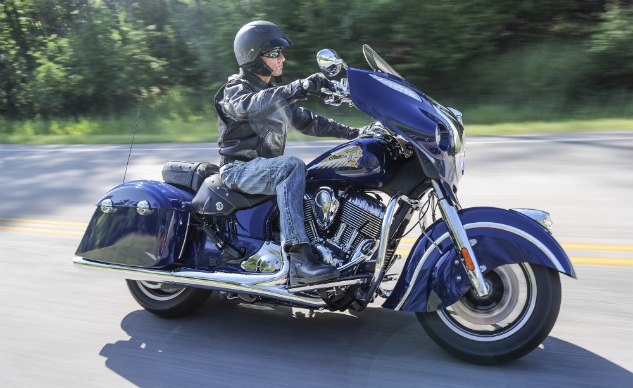






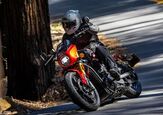
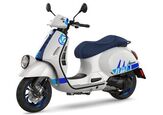
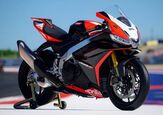
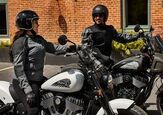
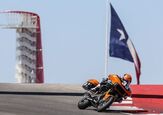
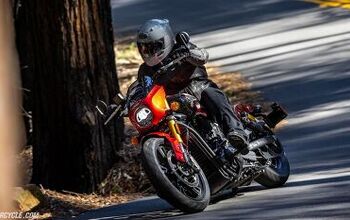
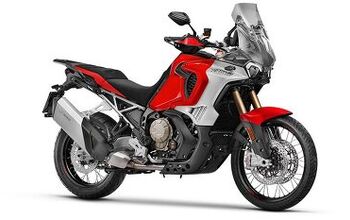
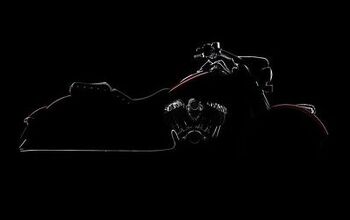

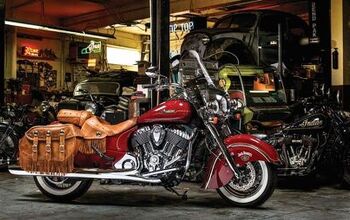

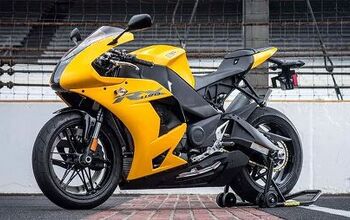
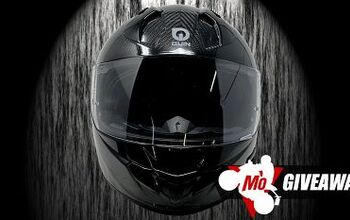
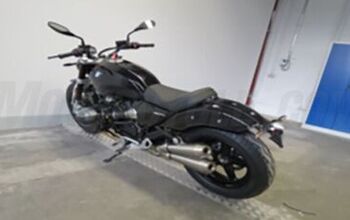
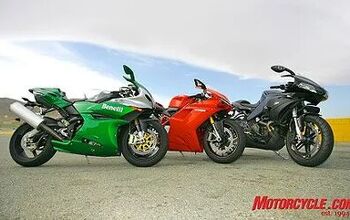
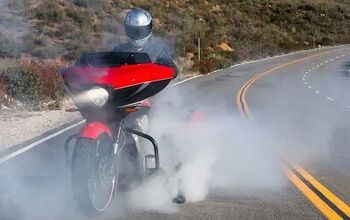
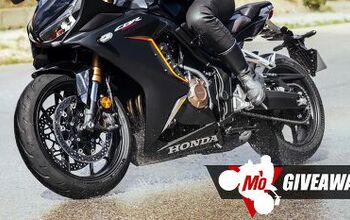
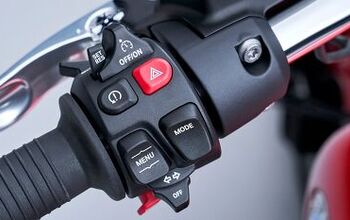
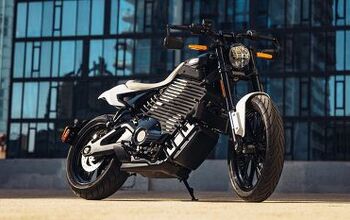
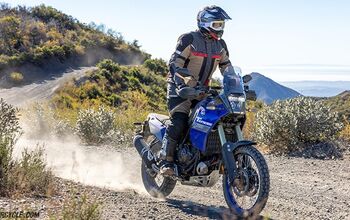
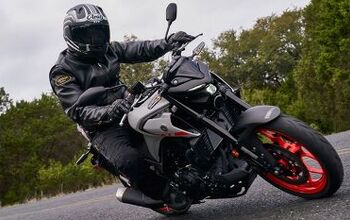

Comments
Join the conversation
Who actually made the 113 Indian engine ? Can the new Indian be lowered and how much ?
Sounds extremely interesting!!!!!!!!!!!!!!!!!!